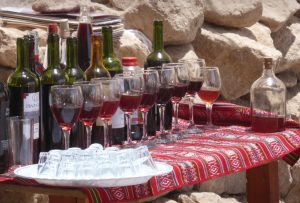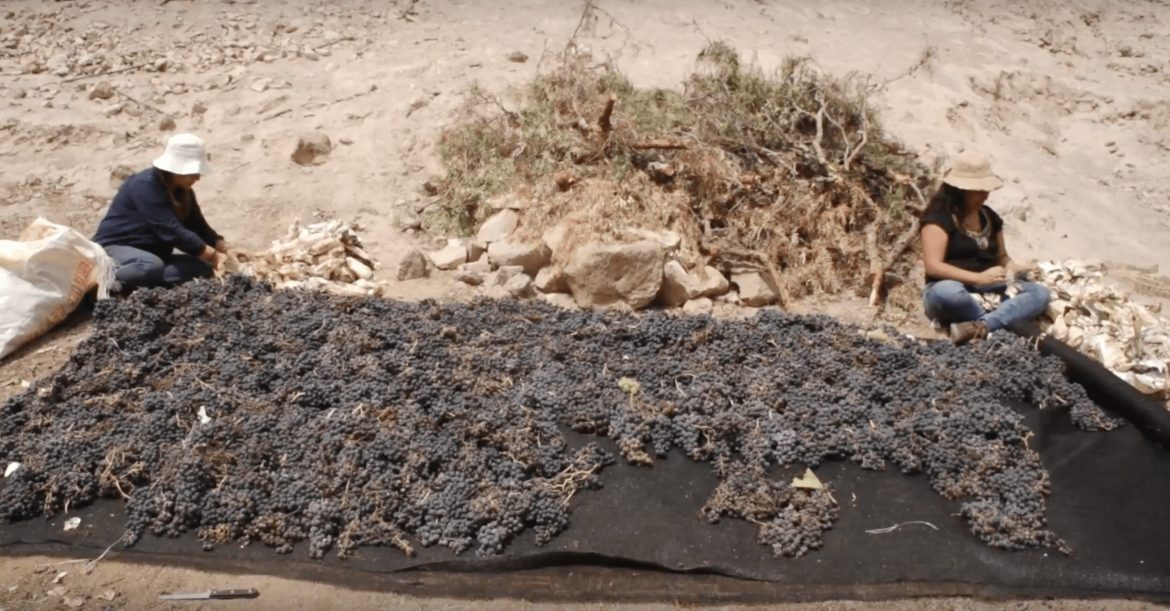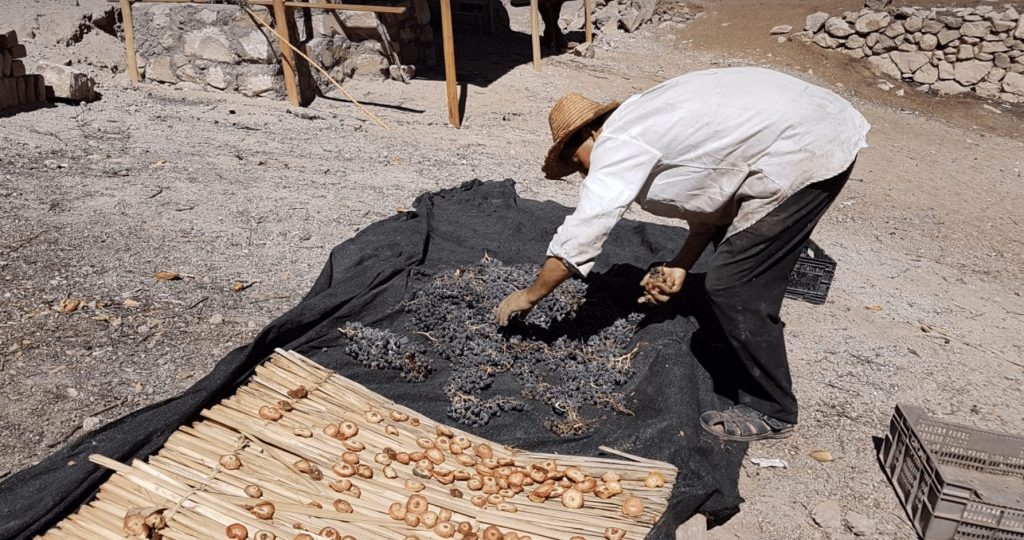The three northernmost provinces of Chile (Arica, Tarapacá and Antofogasta) are rarely cited for their wine production. Although the number of vineyards are few, there’s more to the story in Northern Chile. Here’s our guide to the wines of the region, which include wines from the Atacama Desert and pintatani, a sweet wine tradition that spans over 400 years.
Although northern Chile has historically been planted with vines, there are few commercial vineyards in production to the north of the Atacama region. Between the regions of Arica, Tarapacá and Antofogasta, which are more than 900km in length in the northernmost stretch of the country, there are barely two dozen vineyards in commercial production according to official statistics. This is, however, a region with winemaking tradition and history.
A tradition of winemaking in Northern Chile
Arica in particular, which borders Peru and its southernmost wine regions, has a traditional wine valley surrounding the Codpa village in Camarones. Sitting at an altitude of over 1,850 metres, the narrow mountain valley of Codpa was once known for its sweet wine made from sun-dried País grapes, called pintatani wine.
Four centuries ago, there were over 50 families who made pintatani wine, using artisanal techniques (and treading the grapes by foot), and it was well-known in the region.

These producers continue making it in stone lagares which they have had in their family homes for generations, respecting the traditional technique. This style of pintatani is also seeing a revival further north, across the border in Peru.
Video on the production of pintatani wines in Codpa
Photos & video from Escuela del Vino de Codpa
Tamarugal & native grape discoveries in Tarapacá
Antofogasta & Ayllu: Wines from the Atacama Desert
Another notable plantation in the north is the half dozen hectares planted in San Pedro de Atacama (which is actually in the Antofogasta region rather than the Atacama region as the name would suggest). Finding vines in the driest desert in the world is remarkable but nothing new. In the village of Toconao, an oasis in the desert, there are a handful of families who have been making their own garage wines with Criolla grape varieties for generations.
With the nearby Valle de Luna, altiplano lakes, volcanoes, salt flats and steam-spitting El Tatio geysers, the town of San Pedro de Atacama has boomed as a tourist destination in the last 20 years. The new focus on this region attracted funding from the Chilean government to help develop the local wine industry with a small wine co-operative selling the wines under the Ayllu label. There are some 20 producers today, some of whom are making wine for the first time, with their own vineyards in the deep, sandy soils of the Atacama Desert.
If you visit one of the boutique hotels of San Pedro de Atacama you might get lucky and find some of these unique wines in stock. Recent vintages include Malbec, Moscatel, País, Syrah and Petit Verdot wines, which have a notable salinity and intense fruit character from the desert sun.
Although the wines of Chile’s northernmost regions are not immediately evident to the wine drinker, there are several wine oases to discover — hidden into the folds of the Atacama Desert.

